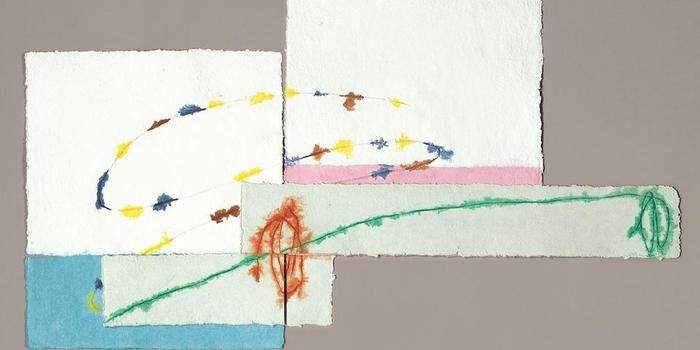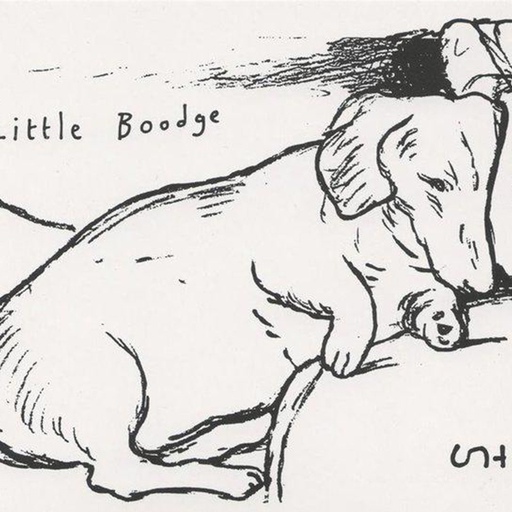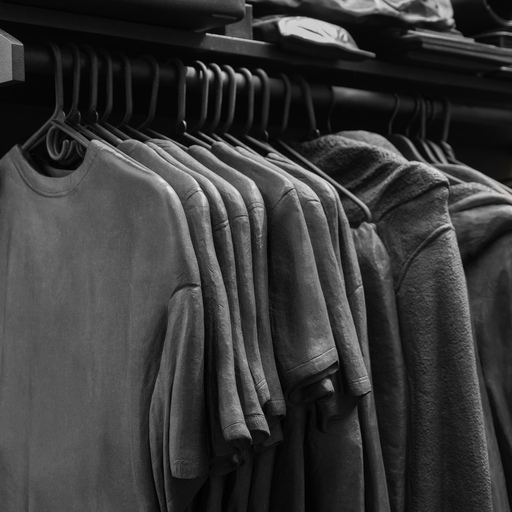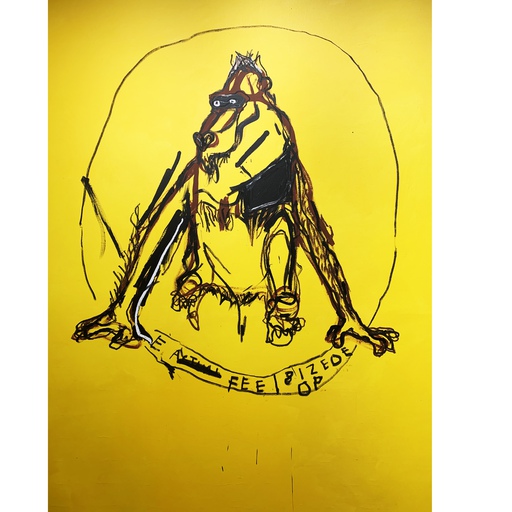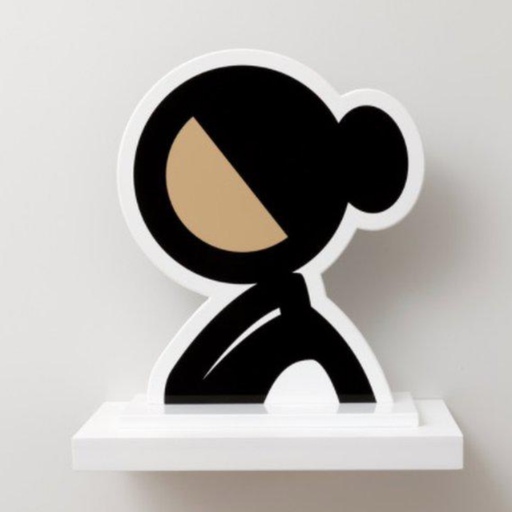Finding the work of Richard Tuttle in museums around the world today, it's hard to imagine that his delicate, lyrical compositions were once viewed as tremendously radical—even dangerous—by the art establishment. But such was the case, as art lore will tell you: his 1975 show at the Whitney Museum drew outrage, most famously from New York Times critic Hilton Kramer, and the exhibition's curator, Marcia Tucker, was fired. (She went on to found the New Museum, and her Tuttle show has become the stuff of art history.) But while Tuttle is embraced today, it's worth remembering that his art is deeply radical, even dangerous—in the most productive way. In this Close Look we delve into a few aspects of his art to see why.
SOMETIMES, IT'S BARELY THERE
In his poison-pen review, Kramer wrote: "To Mies van der Rohe's famous dictum that less is more, the art of Richard Tuttle offers definitive refutation. For in Mr. Tuttle's work, less is unmistakably less." In so writing, Kramer missed the very thing that powers Tuttle's deeply intellectual art. In his naïve-seeming drawings—and in his sculptural pieces made from humble materials like scraps of paper and found detritus—Tuttle is actually conducting a vital philosophical investigation of the very nature of art, paring away the traditional demands of virtuosic craftsmanship to find art's essential quality. That animating spark—as elusive, in biological terms, as the moment of conception itself—is furnished unadorned in Tuttle's art, a quality that may have suggested the title for his his 2004 series Naked.
HE'S A POET
An abiding literary concern runs through Tuttle's art, and the ways Tuttle (who is married to a poet, Mei-mei Berssenbrugge) treats this theme are manifold. He has worked with book formats, as can be seen from Color as Language—which is a book remained as a sculpture—and Folded Space, where the included text is a meditation on the poetics of architecture. His works are often page-sized, as if torn from a notebook of art (literally, in the case of No. 127, as can be seen from the perforated fringe). He has often spoken of his longtime preoccupation with Chinese calligraphy. But most obvious are his many references to the literary cannon, from The Triumph of Night—which refers to 14th-century Italian poet Petrarch's poem cycle Triumphs—to more vernacular compositions, like Hey Diddle Diddle, the Cat and the Fiddle. Underpinning his art, however, is an interest with linguistic expression—the question, as he put it, of "whether or not language is really at the base of visual art or whether language came along and made such an impact that it changed visual phenomena completely, and whether or not one can re-trace that." Also helpful in approaching Tuttle's art is the poet's watchword: it's always harder to write short than long.
HE'S A PERFECTIONIST
Known for being exacting with the installation of his work in gallery settings—using a level, for instance, to ensure that aspects of his compositions are exactly horizontal—Tuttle also expresses a daunting level of control in his printmaking. Having started working with prints in 1965, the artist has become a terrifically assured technician, beginning with woodcuts and moving on to lithography (Folded Space), aquatints (Type: M), and etchings, in which he sometimes intentionally incorporates the printer's error known as foul biting—which is when acid penetrates the etching ground, making for a dotted appearance—to create richly textured works (Naked II). Working with master printmakers like Universal Limited Art Editions and Crown Point Press, Tuttle has also incorporated rarefied types of paper, including Chinese and Japanese varieties that are prized by artists for their extremely high quality and rich traditional connotations.
HE WORKS SMALL, BUT ON A GRAND SCALE
While Tuttle's works have often been diminutive in size, the themes he tackles are comparable in ambition to the work of his fellow Post-MinimalistsRichard Serra and Mark di Suvero—though while their art awes with its towering stature and aggressive physicality, Tuttle's seeks out vistas of the mind. This is an artist, after all, who is not afraid to title his modestly-scaled pieces Nature or Spirit. At the same time, there is a sweet humorousness pervading his work, which revel in a spirit of antic play similar to that encountered in the work of James Joyce. See Step by Step, an abstraction that doubles as a wispy joke about stairs, or, more bluntly, his untitled work from the 1980s that he gave as a gift to his Chicago dealer Rhona Hoffman, bearing the words, "Thanks for the check."
HE DOESN'T FOLLOW THE RULES
Tuttle has said that all of his art is "drawing centered," but he has incessantly sought to throw off the 2-D limitations of that medium, concocting objects that don't exist as drawings or paintings or sculptures or prints but a slippery amalgam thereof. In the same spirit, the artist has had a devil-may-care approach to the frame, a boundary he takes as a provocation to color outside of the lines. Both of these characteristics are on display in The Triumph of Light. Ostensibly a "print" that the artist made with Dieu Donne, the work consists of paper pulp that he has wadded into balls, doused with color, and arranged through wood and wire supports into shapes that seem to hover on the fringe of representation (is that a slice of cake?) before retreating into pure imagination. Nestled in a frame like confections in a box, these irascible forms convey a deep distrust of received tradition—exactly the impulse that made a conservative critic like Hilton Kramer so afraid.











